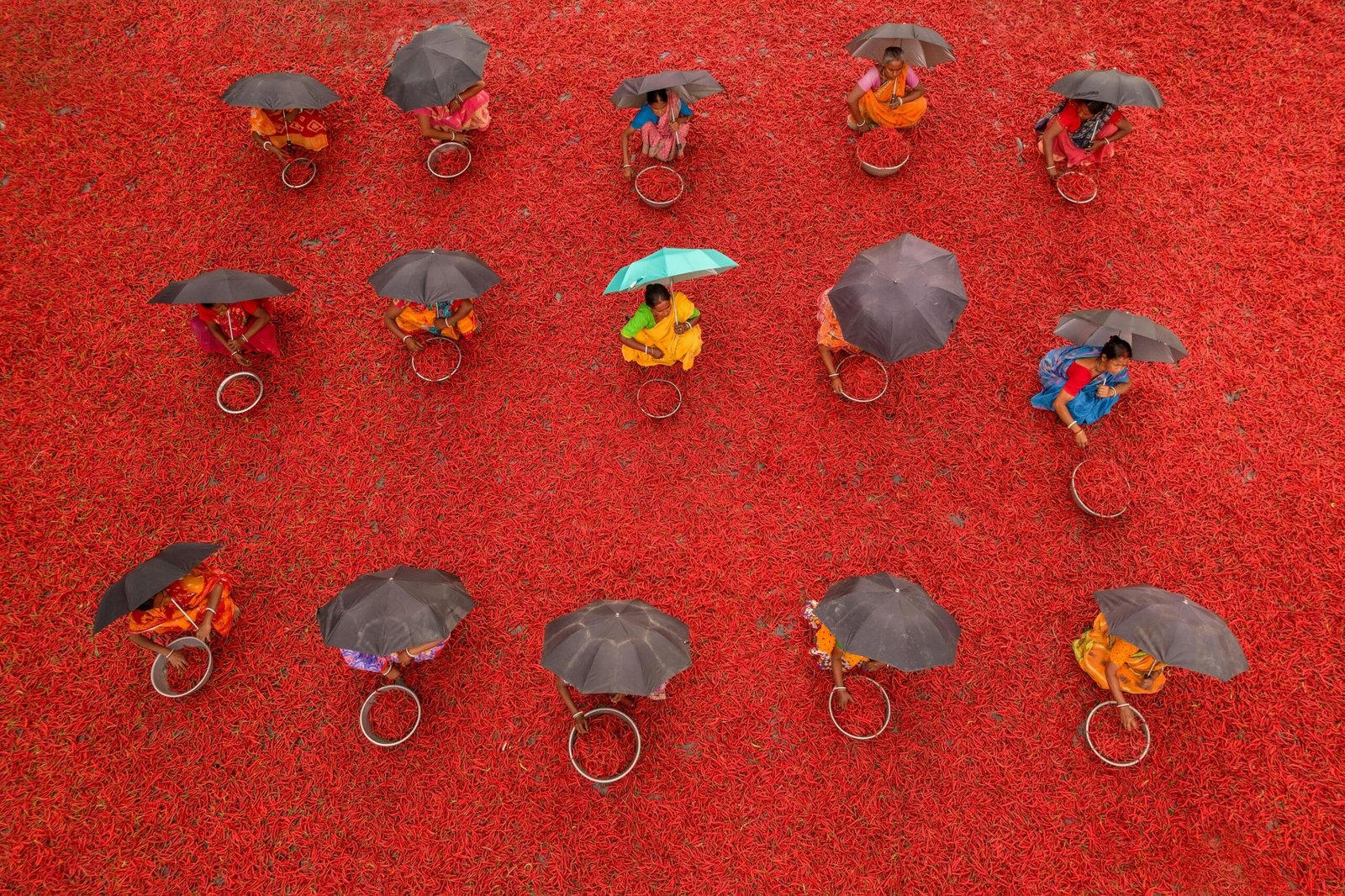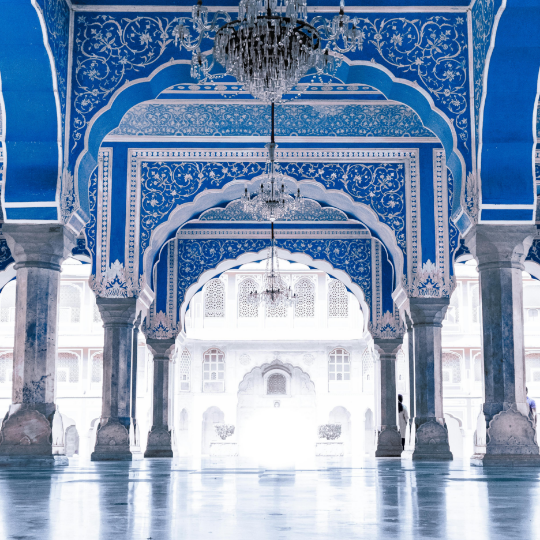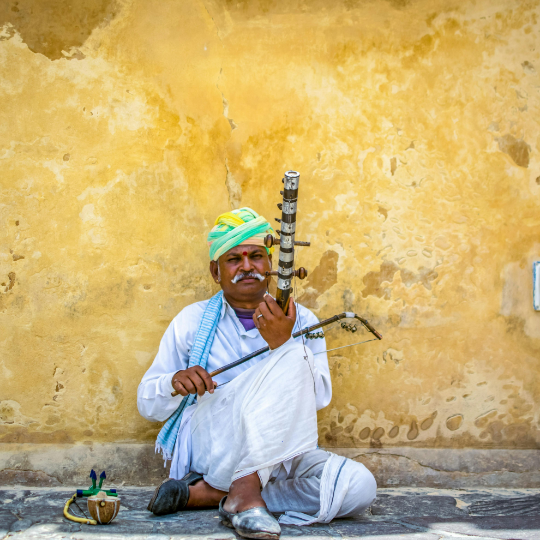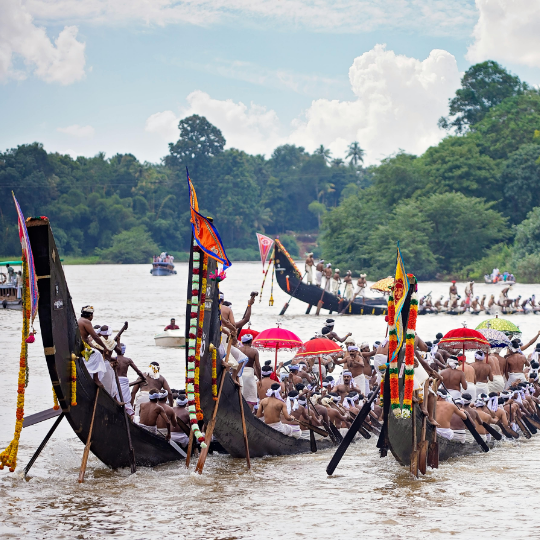





India is often painted with clichés, but it is far more. This land holds its own — with a character and rhythm that demand respect. Travel here is not about ticking boxes, but about connection, discovery, and responsibility — ensuring its heritage and landscapes endure for generations.
The Golden Triangle may be India’s most familiar route, yet its charm never fades. Beyond the shimmering domes of the Taj, the regal forts of Jaipur, and the bustling bazaars of Delhi, lie quiet alleys, hidden courtyards, and stories that still breathe with the past — waiting to be discovered by those who wander a little deeper.
Once a thriving stop on the Silk Route, Mandawa saw wealthy merchant families compete in grandeur, commissioning havelis adorned with intricate frescoes and murals. These mansions weren’t just homes, but canvases — painted with tales of gods, daily life, and even the first glimpses of modernity like trains and gramophones.
The trains of India, once symbols of colonial ambition, are today the veins of the nation. Ride the Palace on Wheels through Rajasthan, the toy train in Darjeeling, or a local express across the Deccan. Every journey by rail is not just about getting somewhere — it’s a story unfolding at every station.
Tucked away in the remote valleys along the Indus, the Aryan communities of Ladakh live lives woven with tradition, resilience, and reverence for the land. From their vibrant festivals to their ancestral stories, they embody a way of living where culture, community, and nature are inseparably bound. Journeying into their world is less about witnessing the past, and more about understanding how timeless wisdom can guide a more sustainable future.